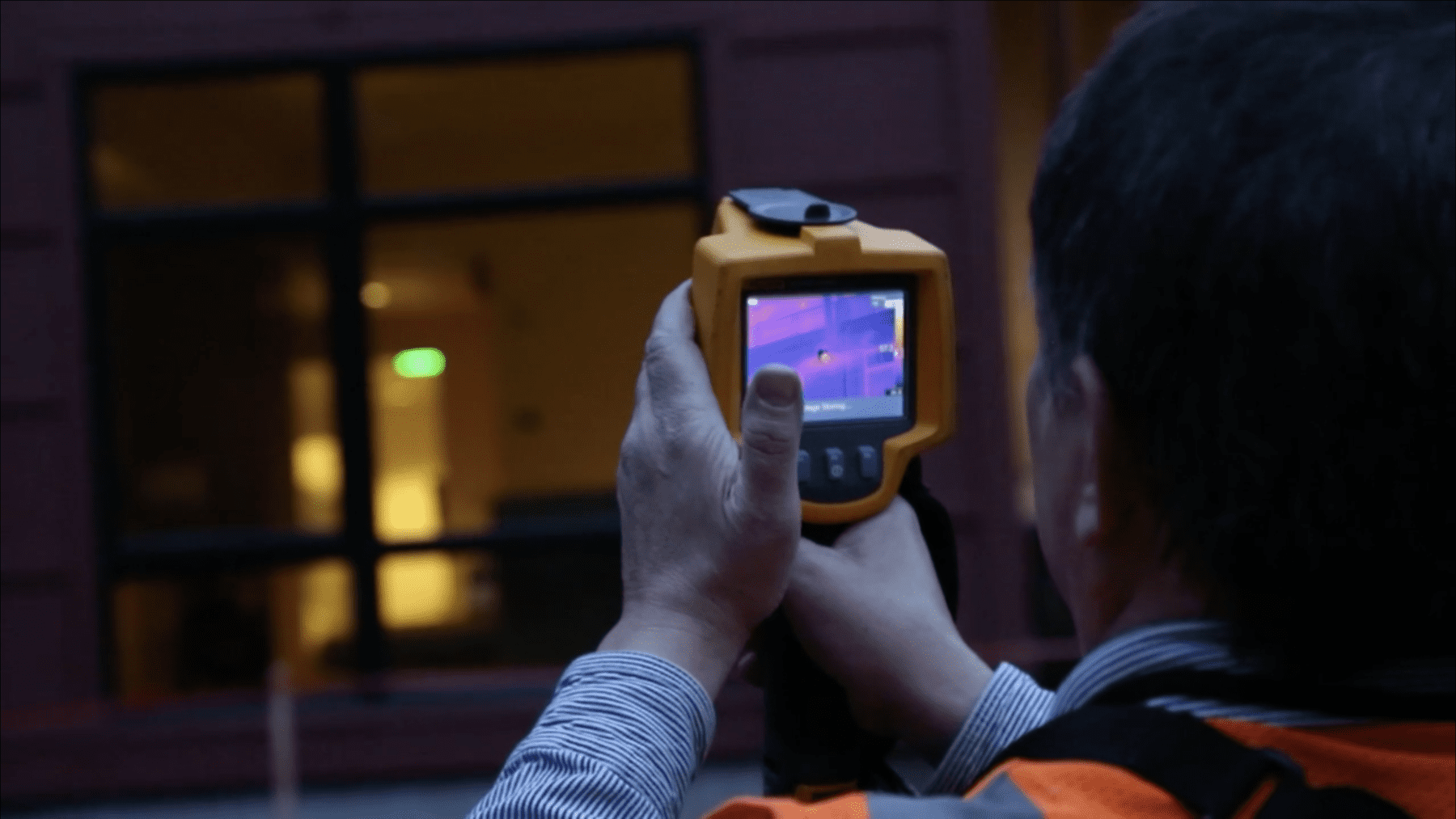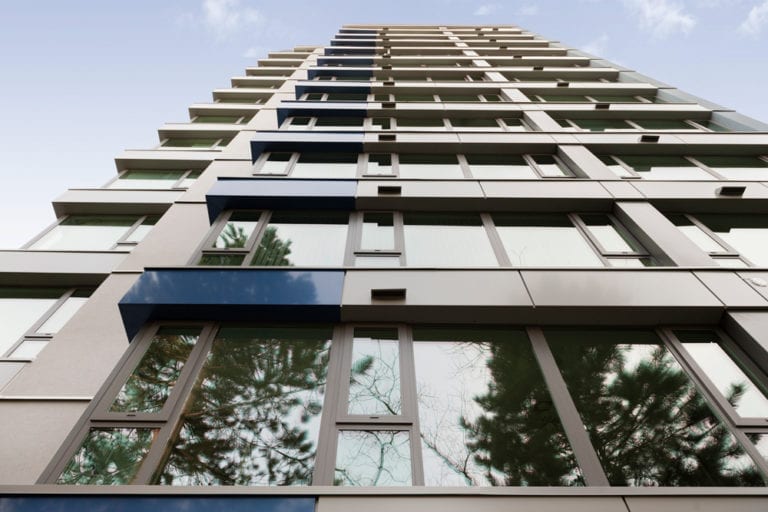In the simplest terms, building airtightness refers to a building’s resistance to air leakage—air flowing both in and out of the building—through areas of the building enclosure not intended to allow air flow.
The idea of air entering or exiting a building may not seem like cause for concern, but in reality, airtightness is an important aspect in building performance. Because the internal environments of buildings need to be carefully controlled to allow for proper ventilation, temperature and moisture control, these unintended leakages, usually invisible to the naked eye, can cause major issues—issues that can be costly to both building owners and occupants.
Occupant Comfort
One of the most noticeable problems associated with poor building airtightness is occupant comfort. When a building’s airtightness has not been properly addressed, tenants often complain of temperature and humidity control issues. In the winter months, tenants experience dry and drafty spaces as heat escapes through openings in the building enclosures and cold air enters from outside. Similarly, in the warmer months of the year, it can be a challenge to keep spaces cool even when using air conditioning and indoor spaces can begin to feel humid.
Energy Usage (and Energy Bills)
It should come as no surprise then that poor building airtightness also impacts a building’s energy usage—a costly effect for both the environment and those paying for utilities. Even in the most insulated of buildings, without proper airtightness, conditioned air (either heated or cooled air) from the interior of the building will escape through the enclosure while unconditioned air from outside will enter the building. The result is a never-ending battle between the interior and exterior environments as heating or cooling systems work frantically to try and stabilize the indoor conditions—a battle clearly reflected in the building’s skyrocketing energy bills.
 Building Durability
Building Durability
While it’s easy to see and feel the effects of poor airtightness on occupant comfort and energy costs, some of the most significant issues can be hidden from tenants or building owners. Cracks and gaps in the enclosure (or, more specifically, the air barrier) can also allow moisture to accumulate within walls and other enclosure assemblies, potentially causing damage and deterioration of the building and leading to costly investigations and repairs. When this happens, you’ll want to turn to a team of expert consultants who can properly assess the issues and help you develop a plan to get your building back to the way it should be performing.
Occupant Health
Lastly, though it is rare, poor building airtightness can lead to health concerns for building occupants. As air leaks through the enclosure, there is a risk of airborne pollutants or particles from within the assemblies being pulled into the interior of a building. Without fully controlling the air flow through adequate airtightness, it can be difficult to protect tenants from such hazards.
 Ensure Your Building is Airtight
Ensure Your Building is Airtight
All of this may sound alarming, but the good news is that with the right building enclosure consultants and proper testing, a building’s airtightness can be easily assessed and, if necessary, improved early in a building’s life. By taking early steps and bringing in the experts, the risk of airtightness-related issues is greatly diminished and building owners can rest easy knowing their occupants’ comfort and health, energy usage, and building durability are being protected.
At RDH, we specialize in whole-building air leakage testing, smoke testing, and thermography. This allows us to fully assess a building enclosure’s level of airtightness, identify problem areas and make recommendations to resolve the issues before they develop into larger and costlier problems.
Always Learning
Our team of building science experts have played a large part in shaping the industry’s understanding of building airtightness, contributing to the development of building codes, developing testing protocol, and testing hundreds of buildings, but our work is never done.
Watch this video to learn more about airtightness testing:

 Building Durability
Building Durability Ensure Your Building is Airtight
Ensure Your Building is Airtight
